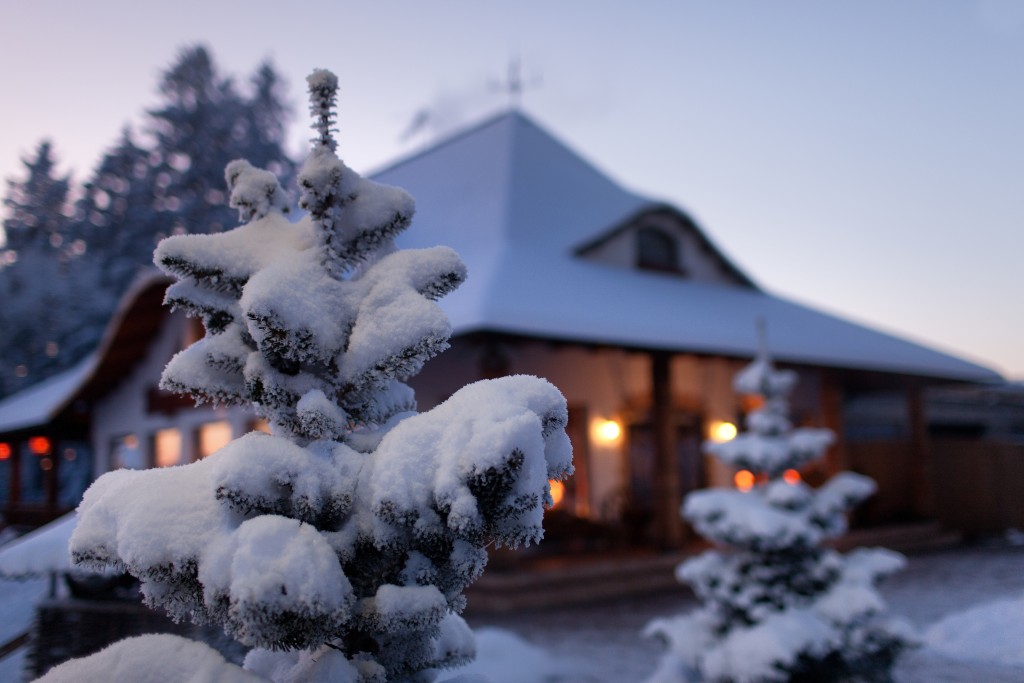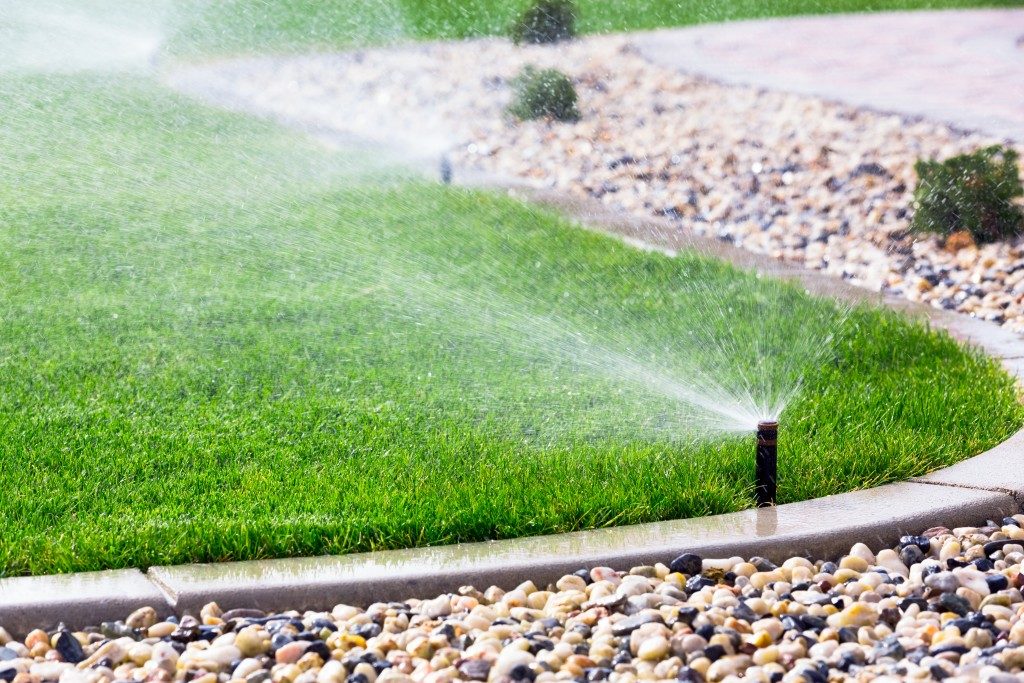Climate change is causing a lot of severe weather fluctuations. When you have a family, you need to protect them from the potential cold to make a home difficult to live in. If your house is only ready for a mild winter, then it could be in trouble during a cold snap. Here are some things you can do to ensure that your house will still stay warm and comfortable no matter how cold it is.
Ensure Your HVAC System Is Updated
One of the first things you should be doing is ensuring that your HVAC system is in good condition. If you mainly focus on the air conditioning because of the heat, you shouldn’t ignore your heating systems. This is especially important if you neglected them in the past. If it was not best during the past winters, definitely see a heating contractor about a change. Make sure the system is new so that it has all the advantages of modern technology. One essential piece that you shouldn’t forget is the programmable thermostat. This allows you to set the temperature to go up and down at specific times of the day. This can help conserve your heating bill. It is also much easier to handle than the old thermostats. Just program the temperature, and you don’t have to fiddle with it anymore.
Protect Your Waterlines
The biggest problem you’ll face during a really cold winter is water. The cold freezes water, especially when they are in your pipes. When that happens, they contract and burst the pipes open. This can be devastating to a house. If you want to prevent this, start with a home inspection of pipes. Look for pipes that get exposed to the harsh cold.
Additionally, take note of any outdoor pipes that you use for your backyard. For pipes in the house, heating and insulation are recommended for those pipes to ensure they don’t freeze up. For outdoor piping, you should have a way to close off the main in their area. If the weather is turning bad, close the water off and empty the pipes to protect your plumbing.
Seal All The Cracks
If you want to be completely protected from the cold, then you need completely seal the cracks around your home. There are surprisingly many of these in a lot of homes. They can allow for cold air to come in and let hot air seep out. You can find them around window frames, doors, and more. They can be fixed with the simple application of caulk. It should only take a few minutes for each crack, and you are good to go.
Install Gutter Covers
During a harsh winter, clogged gutters can be devastating. The clogs prevent the melted ice water from leaving. This means that the next time the temperature drops, they become ice and shatter your gutters. To prevent that from happening, a simple cover over your gutters can prevent large dirt like leaves and other things to clog it up. It also reduces your maintenance duties greatly.
Storm Windows Are A Great Investment

Basic windows can be very energy-inefficient. They let the heat radiate out, and the cold comes in. The cold can also damage them. It would be best if you changed that by installing storm windows. Install them over your existing windows to provide quick insulation. It would be even better to replace all your windows with insulated ones, but you can get storm windows more easily.
Add Insulation
You may think you have enough insulation already. But if you only know mild winters, then you likely have not put in enough. If possible, put insulation all around the house. From the roof to the walls should be good enough. This also helps during hot days since insulation also keeps the heat out, making it worth the investment. The most important is the attic insulation since that is where the heat goes.
Double Check The Roof
Your roof suffers the most from the elements. Even minor damage can get big because of how the snow melts and enters your roof. The result is that it can freeze and become ice in a later cold snap. Prevent that from happening by inspecting and fixing your roof to be in good condition before the cold sets in. Do this every year to ensure that it stays that way.
All these preparations might seem like overkill, but it can be worth it. Being ready for the worst means that you don’t have to worry about anything when it happens. Additionally, all these improvements can also improve the condition of your house. This means that even if temperatures drop to catastrophic levels, your home is still a comfortable place.









